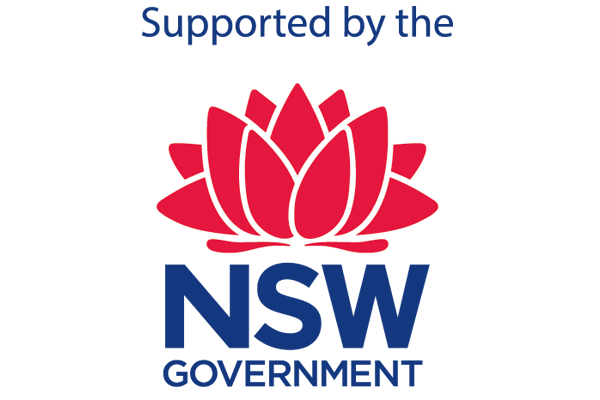Unpack Habitat – Coral Reefs

As part of the Growing River Stewardship program OzFish, supported by the NSW Government’s Environmental Trust, is unpacking habitat in an eight-part series in which we explore key fish habitat. Everyone loves coral reefs, the clear and colourful world that it is. Let us dive right into this week’s habitat!
What are coral reefs?
Coral reefs are underwater ecosystems made up of minuscule sessile (non-mobile) animals. From a distance, coral looks like mossy rock or bone, but up close it appears to be covered in tiny flowers. Each of those flowers is an animal, a coral polyp. Coral polyps have round bodies with a mouth and topped with a ring of tentacles. Inside there is a simple gut lined with long threads of tissue that help digest corals food.
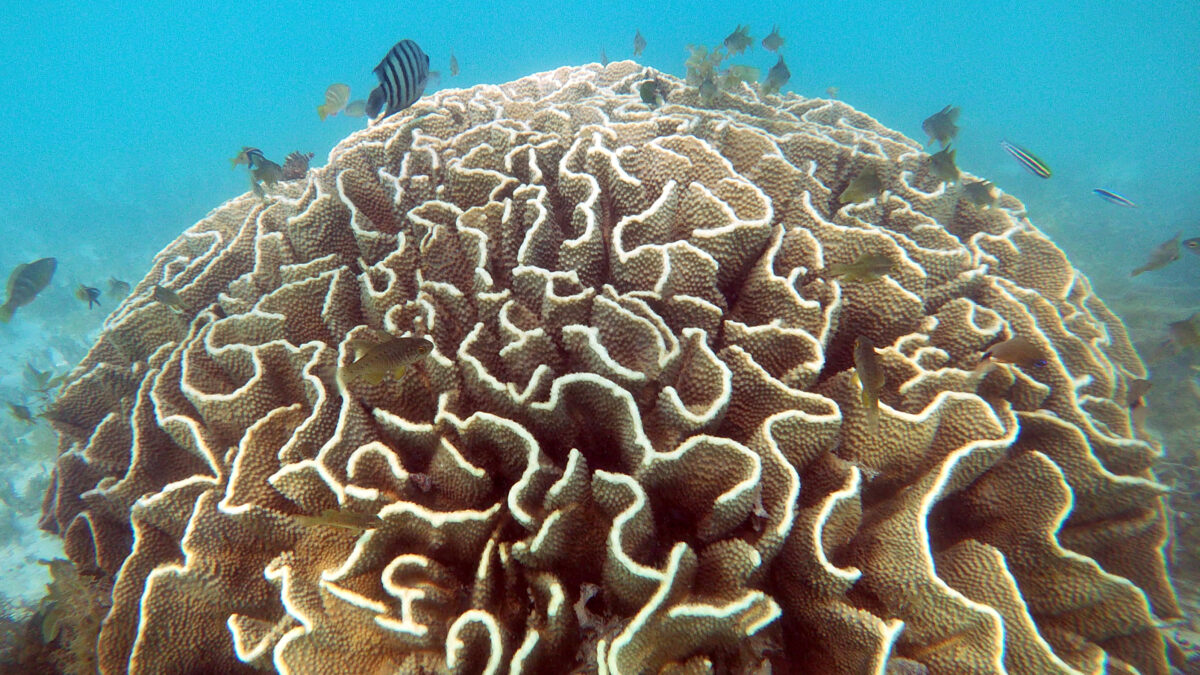
There are two main types of coral, soft coral and hard coral. Hard, reef-building corals lay down a skeleton of calcium carbonate which is hard like rock. Soft corals that are not involved in reef building are, as the name suggests, soft and flexible, often resembling plants.
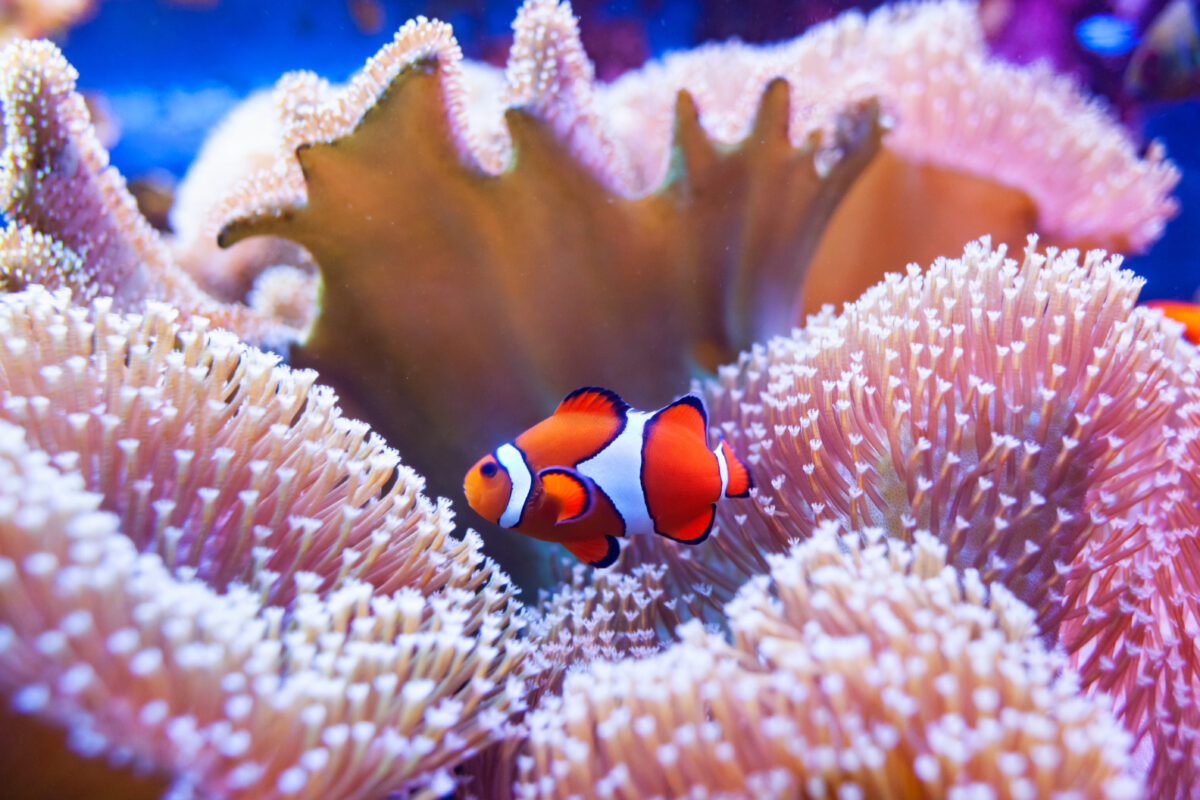
Some corals are hunters with lots of stinging tentacles that kill and sting passing prey. They are superweapons on a micro-scale! However, in the clear waters where corals live there is not much to catch, so how do corals find food? The secret to their success is in the relationship with tiny algae, also known as zooxanthellae, living right inside their tissue cell. Like all plants they photosynthesise, producing enough food for themselves and their coral host using the sun’s energy. It is extraordinary biology, and a fascinating relationship where algae get a home and the coral gets up to 90% of the food in exchange, and together they build the reef!
Where are coral reefs in Australia?
Coral reefs are in tropical and subtropical areas of clear, shallow ocean waters (Queensland, New South Wales, Northern Territory and Western Australia). The three most extensive coral reefs within Australia are the Great Barrier Reef with a whopping 2,300 km of life and home to 1,600 species; Ningaloo Reef a world heritage-listed site north of Perth, which is 260 km long; and Montgomery Reef on the Kimberley Coast stretching over 300 km.
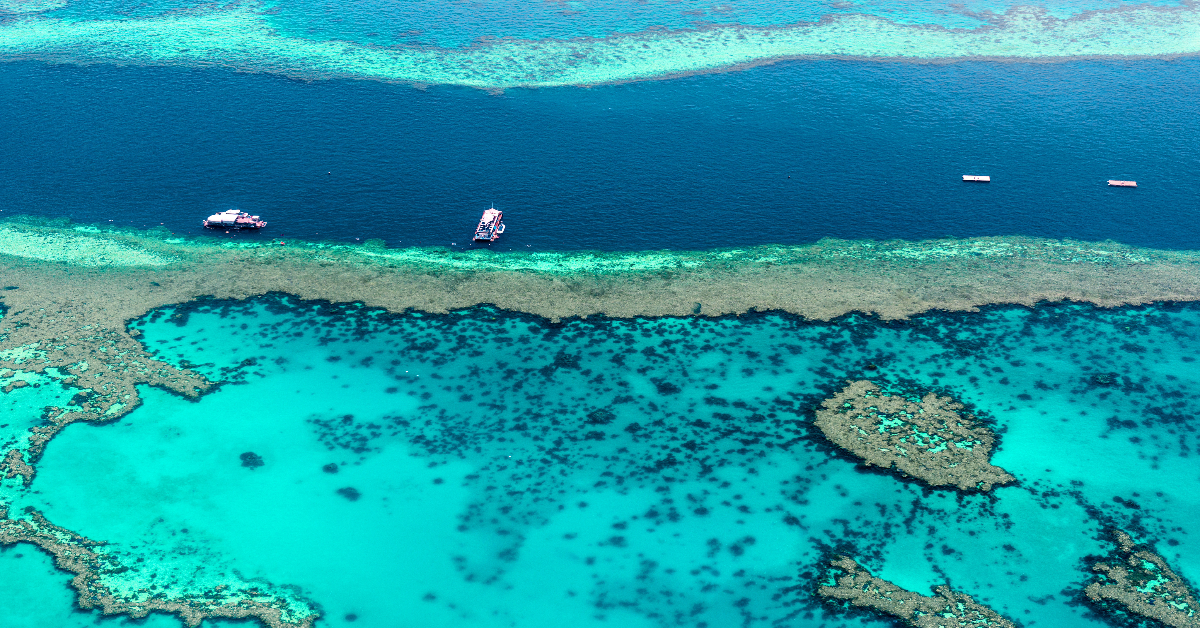
There are subtropical reefs found in between these tropical reefs ranging from South East Queensland to Port Stephens in New South Wales on the East Coast and from the Kimberley Coast to the Housman-Abrolhos Islands and marginal reefs offshore from Perth.
Why are coral reefs important to fish?
Coral reefs are important habitat to the thousands of fish and other marine life both in and around the coral reef habitat. Reefs provide habitat structure for fish that protects them from strong ocean currents and provides a smorgasbord of food.
The reef also benefits from its fish-life, corals depend on the grazing of herbivorous fish (like parrotfish) to assist with reproductive success.
Coral reefs in Australia are considered critically endangered, and that is why we must do our part to care for them. About three-quarters of Australia’s reefs are currently at risk of becoming extinct. In 2016, the Great Barrier Reef suffered a significant bleaching event, and in mid-2020, there was another large-scale bleaching event.
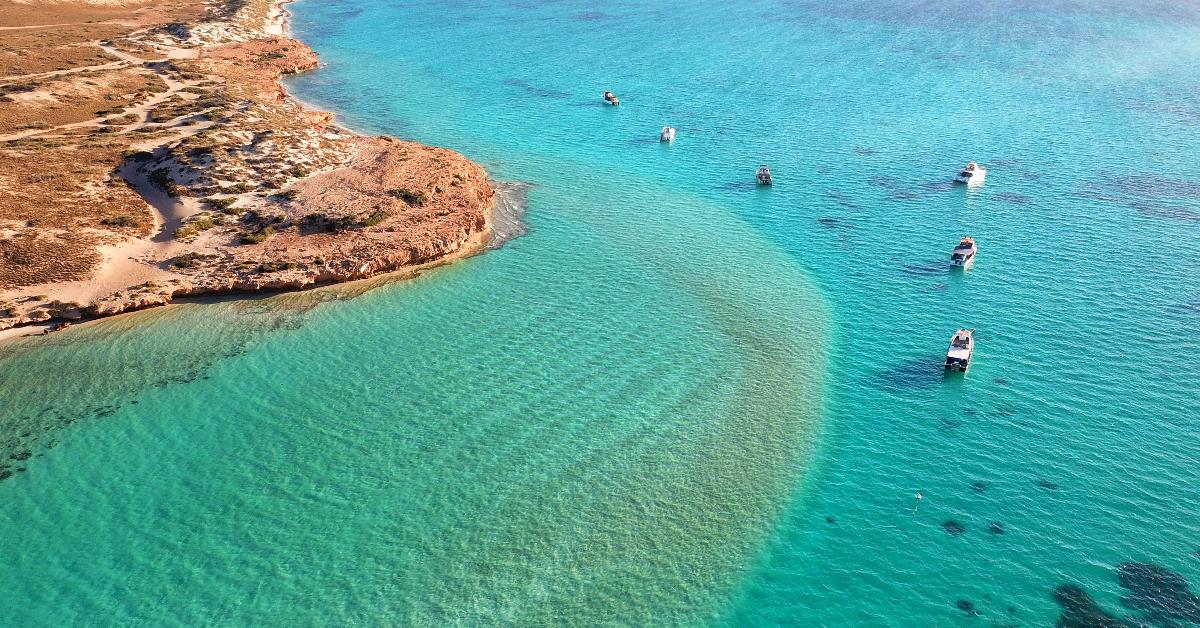
What is coral reef bleaching?
Bleaching occurs when coral polyps expel algae that live inside of the tissues of the coral. Once the algae (the coral’s main source of food) have left the tissue, the coral’s colour begins to disappear and it becomes white, essentially why it is called ‘bleaching’, and the coral slowly dies (sometimes effects cannot be seen for up to 6 months).
Why would the algae want to leave? Whilst there is still some uncertainty about this, it is thought that climate change is increasing the temperatures of water, especially in tropical areas and the change is forcing algae to leave the coraltissues.
Changes within coral reefs can affect the species that depend on them, fish especially. Fish rely on coral reefs for food, shelter and recruitment. Change in the abundance of fish can affect the food chain dramatically with some fish at the risk of becoming extinct in that particular reef.
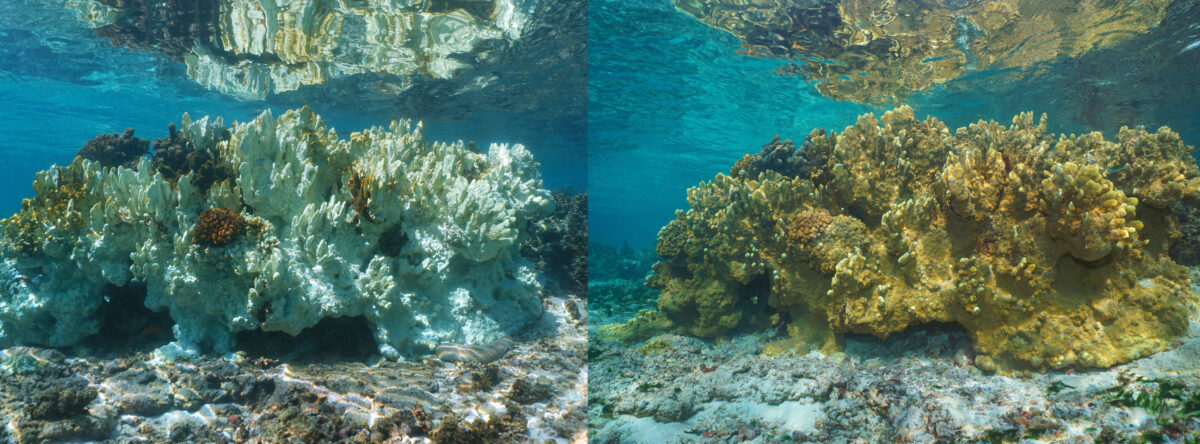
Why are coral reefs at risk?
Multiple risks and stressors are causing the reef to decline in health. Some of the major concerns are ocean acidification (carbon dioxide breaking down coral polyps’ shells of the coral), increasing ocean temperatures, overfishing (36% of the fish stocks are considered over-exploited in Australia), rubbish, increased run-off and degraded floodplain and wetland habitat impacting flows, and nutrient and sediment loads from large river catchments.
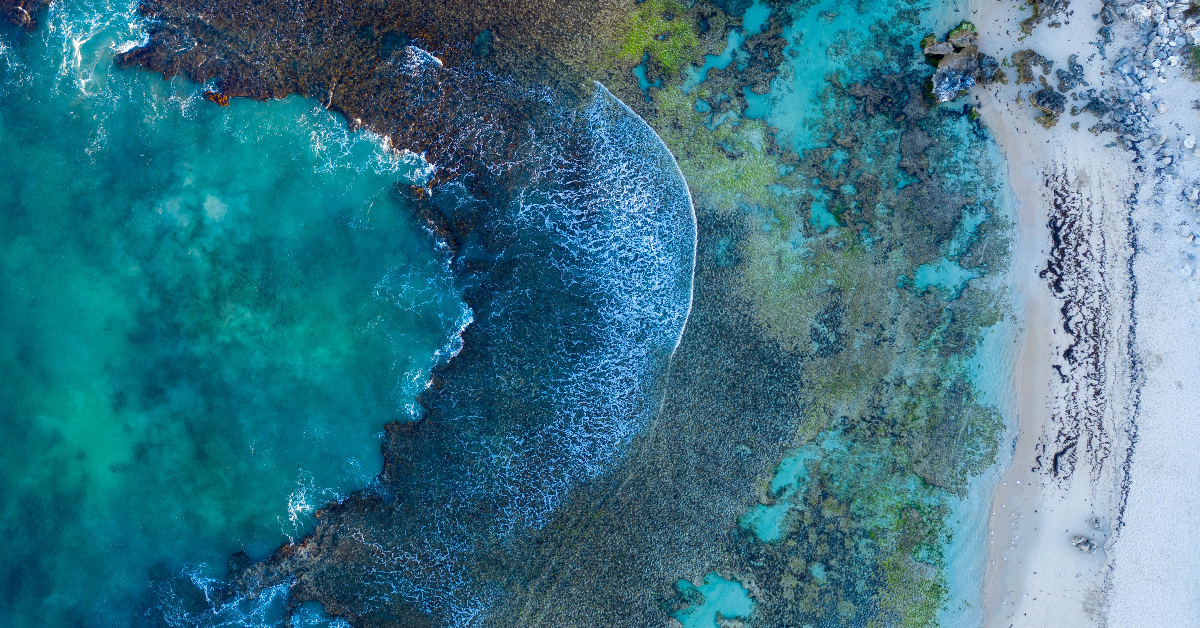
How can we help?
We can do many things to help our reefs, and it’s highly important that we do. Let’s take some simple steps to reduce our impact on the climate; any small change is better than no change. Re-think what you are putting down all drains in your household by using environmentally friendly cleaning products. Be mindful of where your rubbish will end up and dispose of it correctly.
When fishing in coral reefs, ensure that you do not anchor, drift fish it. Corals are delicate. You can ensure that you do not touch the reef by using lighter gear, and reduce sinker use by using float baits and live baits. The lighter the better! You’ll still catch a great fish and give back to the reef by reducing human impact.
Coral Trout Fishing on Coral Reefs Basics
One of the favourite fish to catch on the reefs is coral trout, and it is not’s just because of the taste, it’s also the fight they give up. Coral trout live on reefs a few feet deep to about 60m. These fish are territorial and are either found by themselves or in small groups. They shelter in coral, bommies, rock ledges and dense atolls. They will often sit lurking in their spot waiting for food to come to them, ambushing any prey brave enough to swim near them.
The depth that you’re fishing and type of fish you’re chasing will determine what gear you should use. Generally speaking, lures are effective for shallow waters and surface techniques will attract larger trout, try a popper or a slow sinking stickbait. Larger trout are more game to leave their ‘home’ spot for a lure. If chasing larger trout, use bigger lures and stronger braid.
As much as soft plastics are ideal for trout fishing, seek a biodegradable option if this is your method of choice. Soft plastics can accumulate on reefs and in fish guts just a microplastics do. Try one of similar shape and colour to a prawn, coral trout can’t resist a juicy prawn.
If bait is your thing, the traditional pilchard still works well on Coral Trout, fresh bait fish in the area are always worthwhile giving a try. They are also known to take a fresh squid bait. We recommend trying all of these and seeing what works on the day. Limit sinker use in coral reef areas to avoid any damage to the reef structure, and reduce snagging!
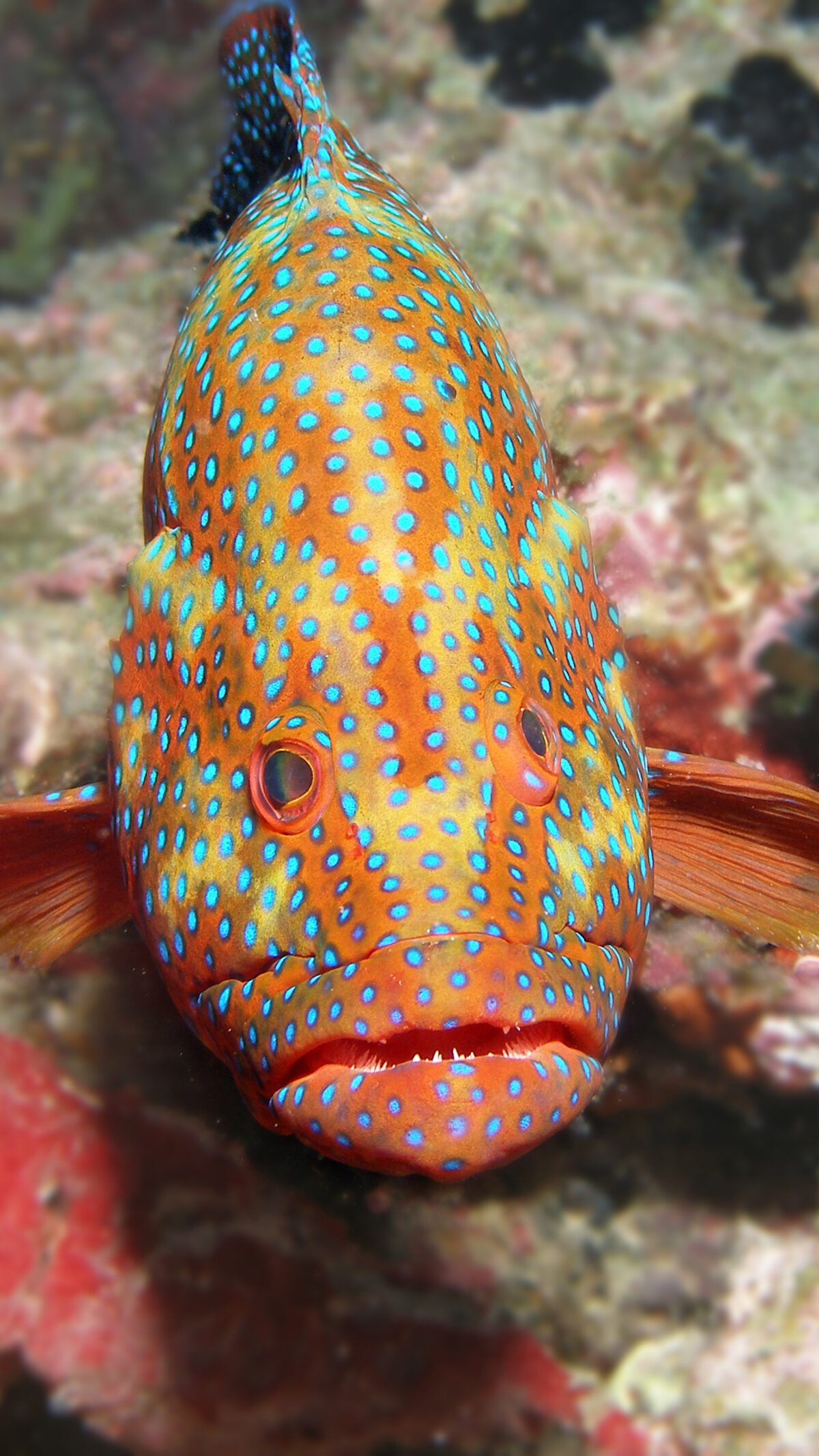
Author – Demara Gates
Demara is currently studying at Southern Cross University completing her Marine Science and Land Management degree. She has been privileged to be accepted as an intern with OzFish. She enjoys fishing, snorkelling and getting out on her boat with family and friends around Northern Rivers in NSW.

